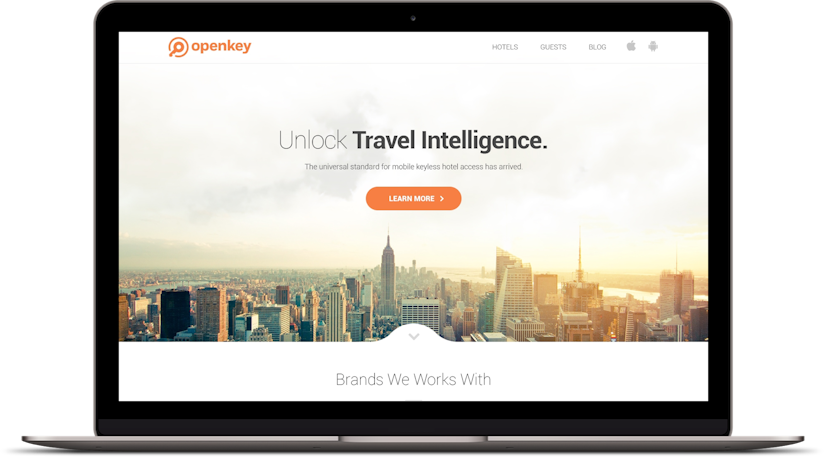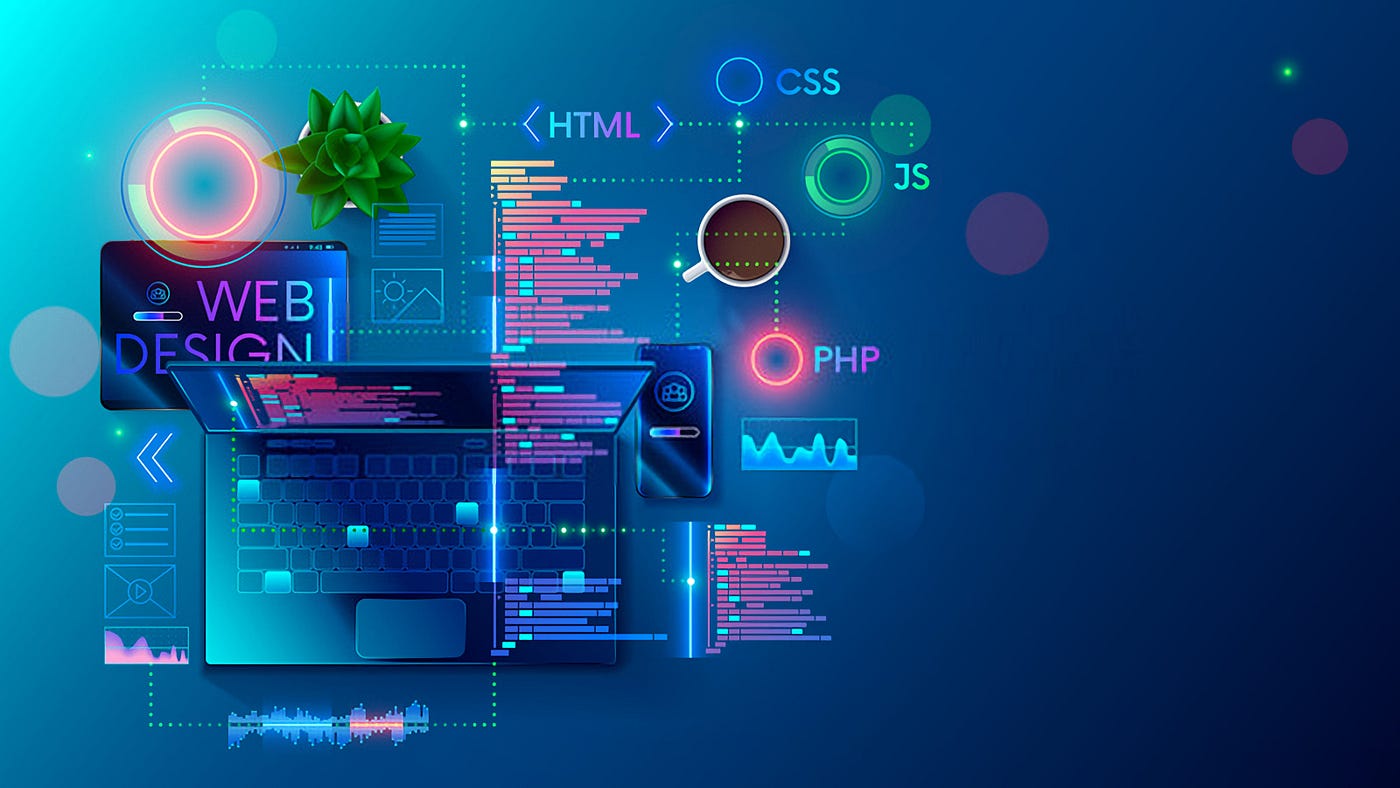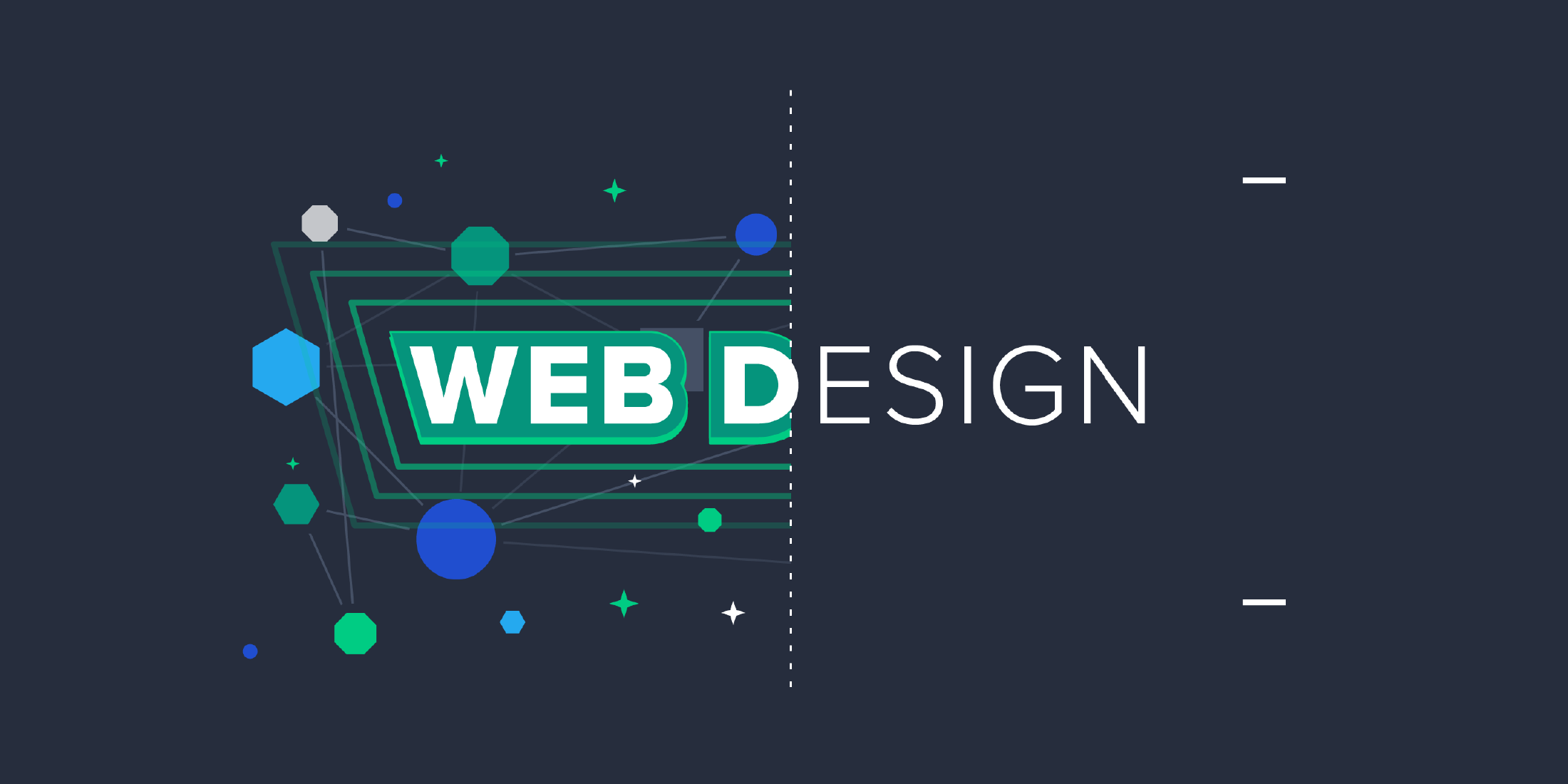All Categories
Featured
Table of Contents
- – Chavez Web Design: Web Design San Diego - Bake...
- – Web Development Bachelor's Degree - Full Sail...
- – Web Design Courses & Tutorials - Codecademy T...
- – The Top 10 Most Important Elements Of A Websi...
- – Sustainable Web Design: Home Tips and Tricks:
- – Minneapolis Web Design - 100+ Five Star Revie...
- – Web Design & Seo By Acs - Syracuse Web Desig...
- – The Top 10 Most Important Elements Of A Webs...
- – Web Design - The First 100 Years - Idle Word...
- – Google Web Designer - Home Tips and Tricks:
- – Top Web Design Companies - Find Web Designer...
Chavez Web Design: Web Design San Diego - Bakersfield ... Tips and Tricks:
Quick summary Usability and the energy, not the visual style, identify the success or failure of a site. Since the visitor of the page is the only individual who clicks the mouse and for that reason chooses everything, user-centric design has developed as a basic approach for successful and profit-oriented website design - web design frederick md.
and the energy, not the visual style, determine the success or failure of a site. Because the visitor of the page is the only person who clicks the mouse and for that reason chooses whatever, user-centric design has actually ended up being a standard technique for successful and profit-oriented web design. After all, if users can't utilize a function, it may also not exist.
g. where the search box should be put) as it has currently been carried out in a variety of articles; rather we concentrate on the techniques which, used properly, can result in more sophisticated design choices and streamline the procedure of viewing provided info. Please observe that you may be thinking about the usability-related posts we've published before: Concepts Of Great Website Style And Efficient Web Design Guidelines, In order to utilize the principles appropriately we initially need to comprehend how users engage with websites, how they think and what are the fundamental patterns of users' behavior.
Web Development Bachelor's Degree - Full Sail University Tips and Tricks:
Visitors glance at each brand-new page, scan some of the text, and click on the very first link that catches their interest or vaguely looks like the thing they're searching for. In reality, there are large parts of the page they do not even look at. The majority of users look for something interesting (or useful) and clickable; as quickly as some promising candidates are found, users click.
If a page supplies users with premium content, they want to compromise the material with ads and the design of the website. This is the reason not-that-well-designed sites with high-quality material gain a great deal of traffic over years. Content is more crucial than the design which supports it.

Users do not read, they scan. Notification how "hot" areas abrupt in the middle of sentences. This is common for the scanning procedure. Very simple concept: If a site isn't able to satisfy users' expectations, then designer stopped working to get his job done correctly and the company loses cash. The higher is the cognitive load and the less instinctive is the navigation, the more willing are users to leave the website and search for options.
Web Design Courses & Tutorials - Codecademy Tips and Tricks:
Neither do they scan website in a direct style, going sequentially from one website section to another one. Instead users satisfice; they pick the first affordable choice. As quickly as they discover a link that appears like it might result in the goal, there is an excellent opportunity that it will be right away clicked.
It doesn't matter to us if we understand how things work, as long as we can use them. If your audience is going to imitate you're developing billboard, then design excellent billboards." Users wish to be able to manage their internet browser and rely on the constant data presentation throughout the website.
If the navigation and site architecture aren't instinctive, the number of concern marks grows and makes it harder for users to comprehend how the system works and how to receive from point A to point B. A clear structure, moderate visual clues and easily recognizable links can help users to find their path to their goal.
The Top 10 Most Important Elements Of A Website Design Tips and Tricks:

Considering that users tend to explore sites according to the "F"-pattern, these three declarations would be the very first elements users will see on the page once it is loaded. The style itself is basic and intuitive, to understand what the page is about the user needs to browse for the answer.
Once you have actually attained this, you can communicate why the system is useful and how users can benefit from it. Do Not Waste Users' Patience, In every project when you are going to provide your visitors some service or tool, attempt to keep your user requirements very little.
Novice visitors want to, not filling long web forms for an account they might never use in the future. Let users explore the site and discover your services without forcing them into sharing private data. It's not reasonable to force users to get in an email address to check the feature.
Sustainable Web Design: Home Tips and Tricks:
Stikkit is an ideal example for an easy to use service which needs nearly absolutely nothing from the visitor which is inconspicuous and soothing. Which's what you desire your users to feel on your website. Obviously, Termite needs more. The registration can be done in less than 30 seconds as the kind has horizontal orientation, the user does not even require to scroll the page.
A user registration alone suffices of an impediment to user navigation to reduce incoming traffic. 3. Handle To Focus Users' Attention, As websites supply both static and dynamic material, some aspects of the interface bring in attention more than others do. Certainly, images are more attractive than the text simply as the sentences marked as vibrant are more appealing than plain text.
Focusing users' attention to specific areas of the site with a moderate use of visual components can assist your visitors to obtain from point A to point B without thinking about how it in fact is expected to be done. The less enigma visitors have, the they have and the more trust they can develop towards the company the website represents.
Minneapolis Web Design - 100+ Five Star Reviews - Seo ... Tips and Tricks:
4. Make Every Effort For Function Exposure, Modern website design are generally criticized due to their approach of guiding users with aesthetically appealing 1-2-3-done-steps, big buttons with visual impacts etc. However from the design viewpoint these elements in fact aren't a bad thing. On the contrary, such as they lead the visitors through the site material in a really simple and user-friendly way.
The website has 9 main navigation choices which show up at the very first glimpse. The option of colors may be too light, though. is an essential concept of successful interface design. It doesn't really matter how this is attained. What matters is that the content is well-understood and visitors feel comfy with the way they engage with the system.
com gets straight to the point. No adorable words, no overemphasized declarations. Rather a rate: simply what visitors are trying to find. An optimum service for efficient writing is touse brief and concise phrases (come to the point as rapidly as possible), usage scannable design (categorize the material, utilize multiple heading levels, use visual aspects and bulleted lists which break the flow of uniform text blocks), usage plain and objective language (a promotion does not require to sound like advertisement; offer your users some sensible and unbiased reason that they must utilize your service or remain on your website)6.
Web Design & Seo By Acs - Syracuse Web Design - Google ... Tips and Tricks:
Users are hardly ever on a website to enjoy the design; moreover, most of the times they are trying to find the details regardless of the design - web design frederick md. Pursue simplicity rather of intricacy. From the visitors' point of view, the best website design is a pure text, without any advertisements or further material obstructs matching exactly the inquiry visitors utilized or the material they've been searching for.
Finch clearly provides the information about the site and gives visitors an option of choices without overcrowding them with unneeded material. Not just does it help to for the visitors, but it makes it possible to perceive the details provided on the screen.
Complex structures are more difficult to check out, scan, analyze and work with. If you have the option between separating two design sections by a noticeable line or by some whitespace, it's generally much better to utilize the whitespace service. (Simon's Law): the better you handle to offer users with a sense of visual hierarchy, the much easier your material will be to view.
The Top 10 Most Important Elements Of A Website Design Tips and Tricks:
The very same conventions and guidelines ought to be used to all elements.: do the most with the least quantity of hints and visual elements. Clarity: all elements need to be designed so their meaning is not ambiguous.
Conventions Are Our Buddies, Standard design of website elements doesn't lead to an uninteresting website. As they reduce the finding out curve, the need to figure out how things work. It would be an use problem if all websites had various visual discussion of RSS-feeds. That's not that various from our routine life where we tend to get used to standard concepts of how we organize data (folders) or do shopping (positioning of products).
comprehend what they're anticipating from a website navigation, text structure, search positioning etc. A case in point from usability sessions is to equate the page in Japanese (assuming your web users don't know Japanese, e. g. with Babelfish) and offer your usability testers with a job to find something in the page of different language.
Web Design - The First 100 Years - Idle Words Tips and Tricks:
Test Early, Test Typically, This so-called TETO-principle ought to be used to every web style project as usability tests often supply into significant issues and concerns related to a provided design. Test not too late, not too little and not for the incorrect reasons.
Some essential indicate remember: according to Steve Krug, and testing one user early in the task is much better than screening 50 near the end. Accoring to Boehm's first law, errors are most regular during requirements and style activities and are the more pricey the later on they are removed.
That indicates that you design something, test it, repair it and then test it once again. There might be problems which have not been found during the preliminary as users were almost blocked by other issues. usability tests. Either you'll be pointed to the issues you have or you'll be pointed to the absence of major style flaws which remains in both cases a helpful insight for your job.
Google Web Designer - Home Tips and Tricks:

This holds for designers too. After you've worked on a website for few weeks, you can't observe it from a fresh viewpoint anymore. You understand how it is developed and for that reason you understand precisely how it works you have the wisdom independent testers and visitors of your site wouldn't have.
It can be connected to other locations such as graphic design, user experience, and multimedia arts, however is more appropriately seen from a technological standpoint. It has actually become a big part of people's everyday lives. It is tough to envision the Web without animated graphics, different styles of typography, background, videos and music.

Throughout 1991 to 1993 the World Wide Web was born. Text-only pages could be viewed utilizing an easy line-mode web browser. There had actually been no integrated method to graphic style components such as images or sounds.
Top Web Design Companies - Find Web Designers Here Tips and Tricks:
The W3C was developed in October 1994 to "lead the World Wide Web to its full capacity by establishing common procedures that promote its development and ensure its interoperability." This prevented any one business from monopolizing a propriety internet browser and programming language, which might have modified the result of the Internet as a whole.
As this has actually taken place the technology of the web has actually also carried on. There have actually likewise been significant modifications in the method individuals utilize and access the web, and this has actually altered how sites are designed. Since completion of the web browsers wars [] new browsers have actually been launched. Much of these are open source implying that they tend to have quicker development and are more helpful of brand-new requirements.
Learn more about Lovell Media Group LLC or TrainACETable of Contents
- – Chavez Web Design: Web Design San Diego - Bake...
- – Web Development Bachelor's Degree - Full Sail...
- – Web Design Courses & Tutorials - Codecademy T...
- – The Top 10 Most Important Elements Of A Websi...
- – Sustainable Web Design: Home Tips and Tricks:
- – Minneapolis Web Design - 100+ Five Star Revie...
- – Web Design & Seo By Acs - Syracuse Web Desig...
- – The Top 10 Most Important Elements Of A Webs...
- – Web Design - The First 100 Years - Idle Word...
- – Google Web Designer - Home Tips and Tricks:
- – Top Web Design Companies - Find Web Designer...
Latest Posts
Mrw Web Design - Wordpress Websites For Nonprofits ... Tips and Tricks:
The Top Ecommerce, Website Design ... - Seattle Tips and Tricks:
Why Web Design Is Dead - - Ux Magazine Tips and Tricks:
More
Latest Posts
Mrw Web Design - Wordpress Websites For Nonprofits ... Tips and Tricks:
The Top Ecommerce, Website Design ... - Seattle Tips and Tricks:
Why Web Design Is Dead - - Ux Magazine Tips and Tricks: